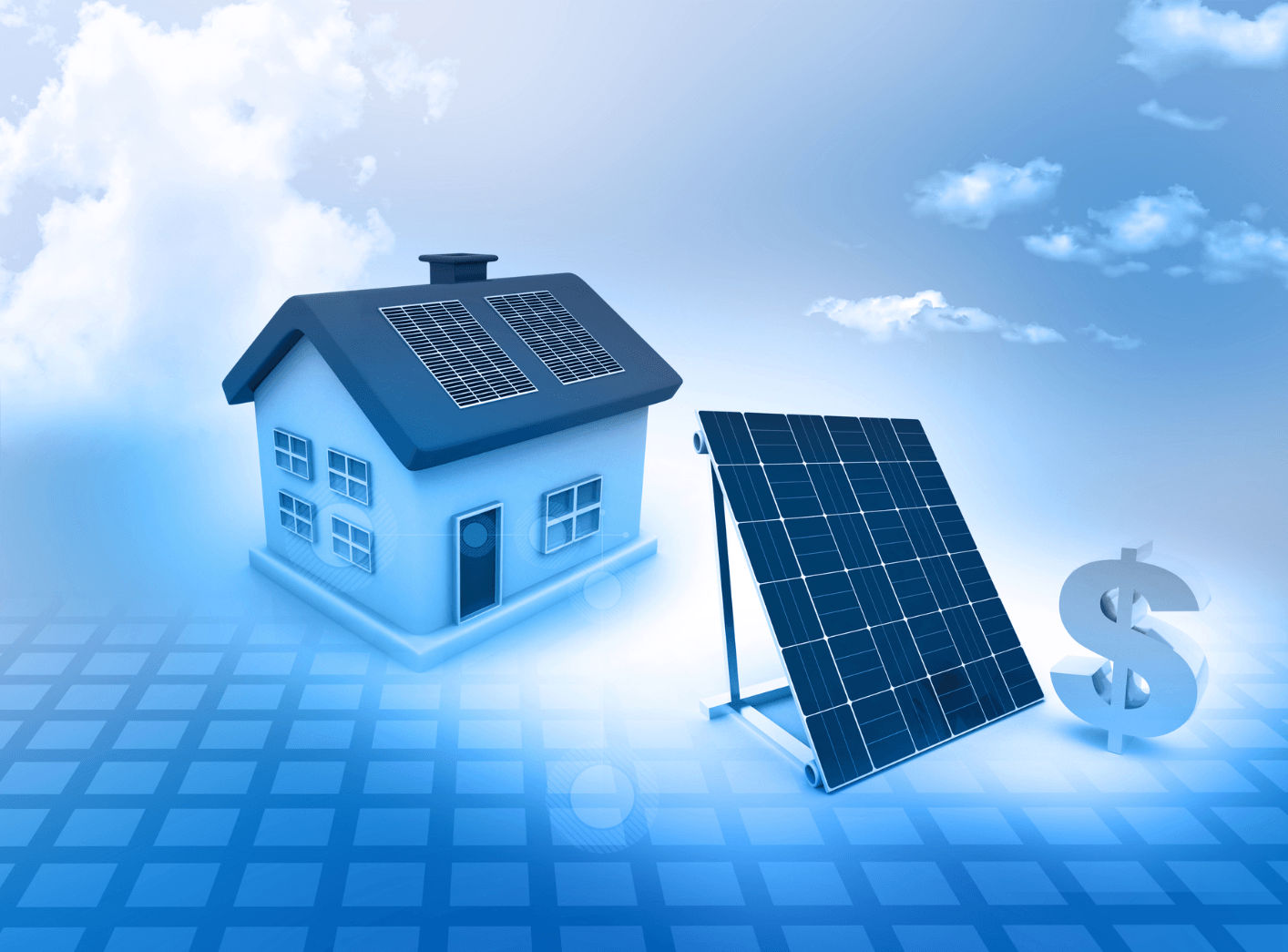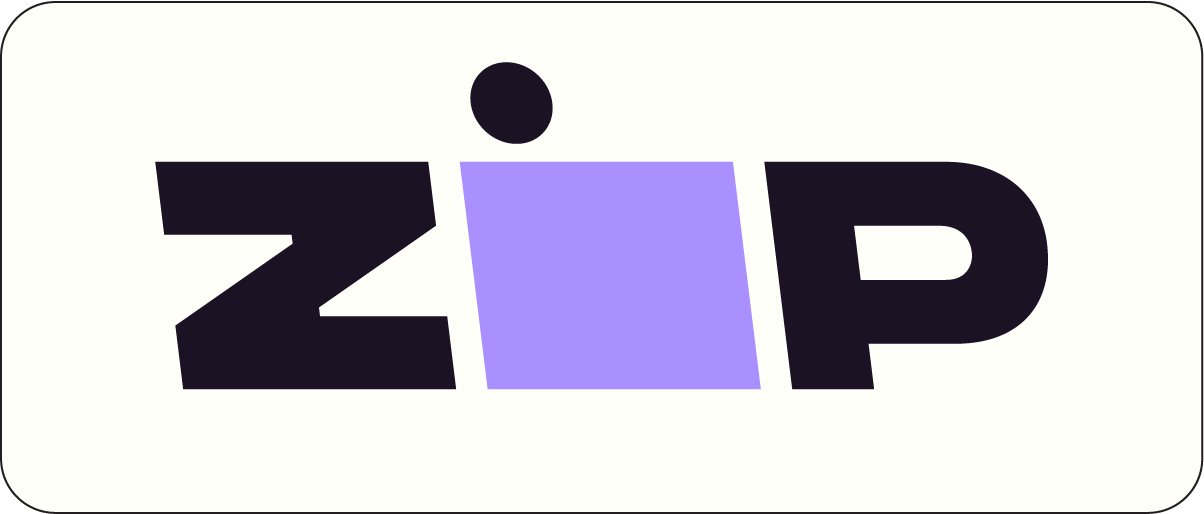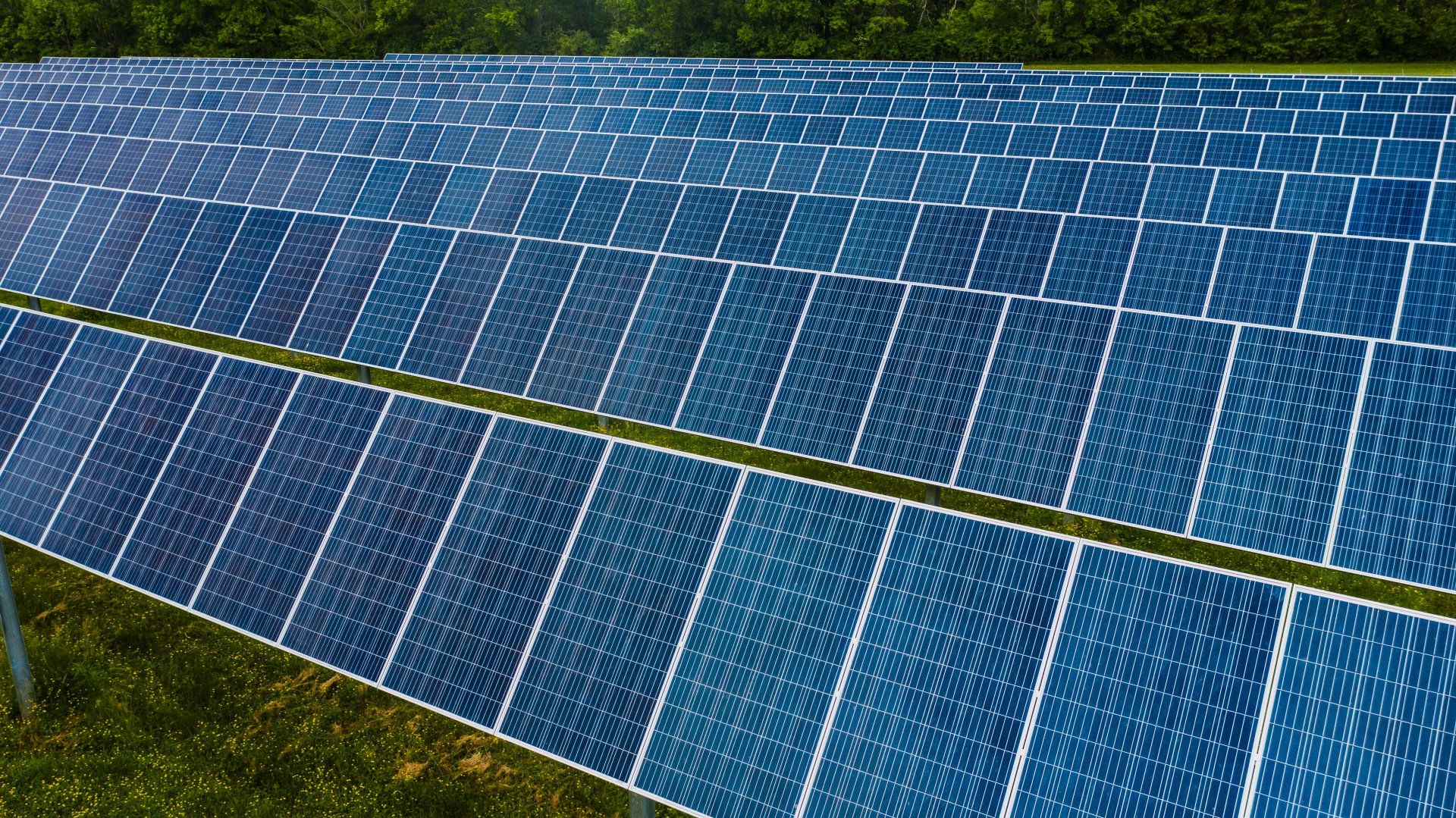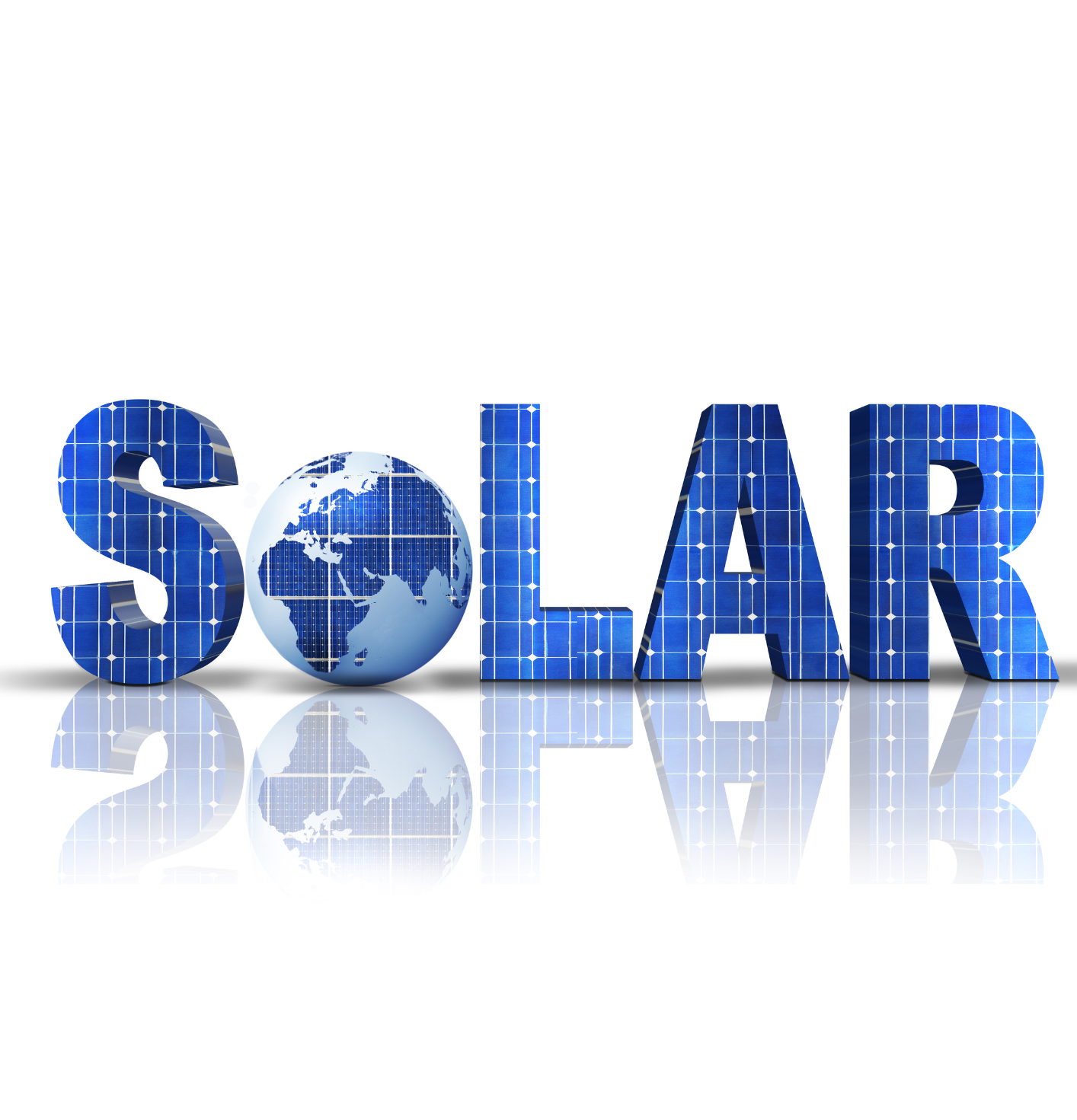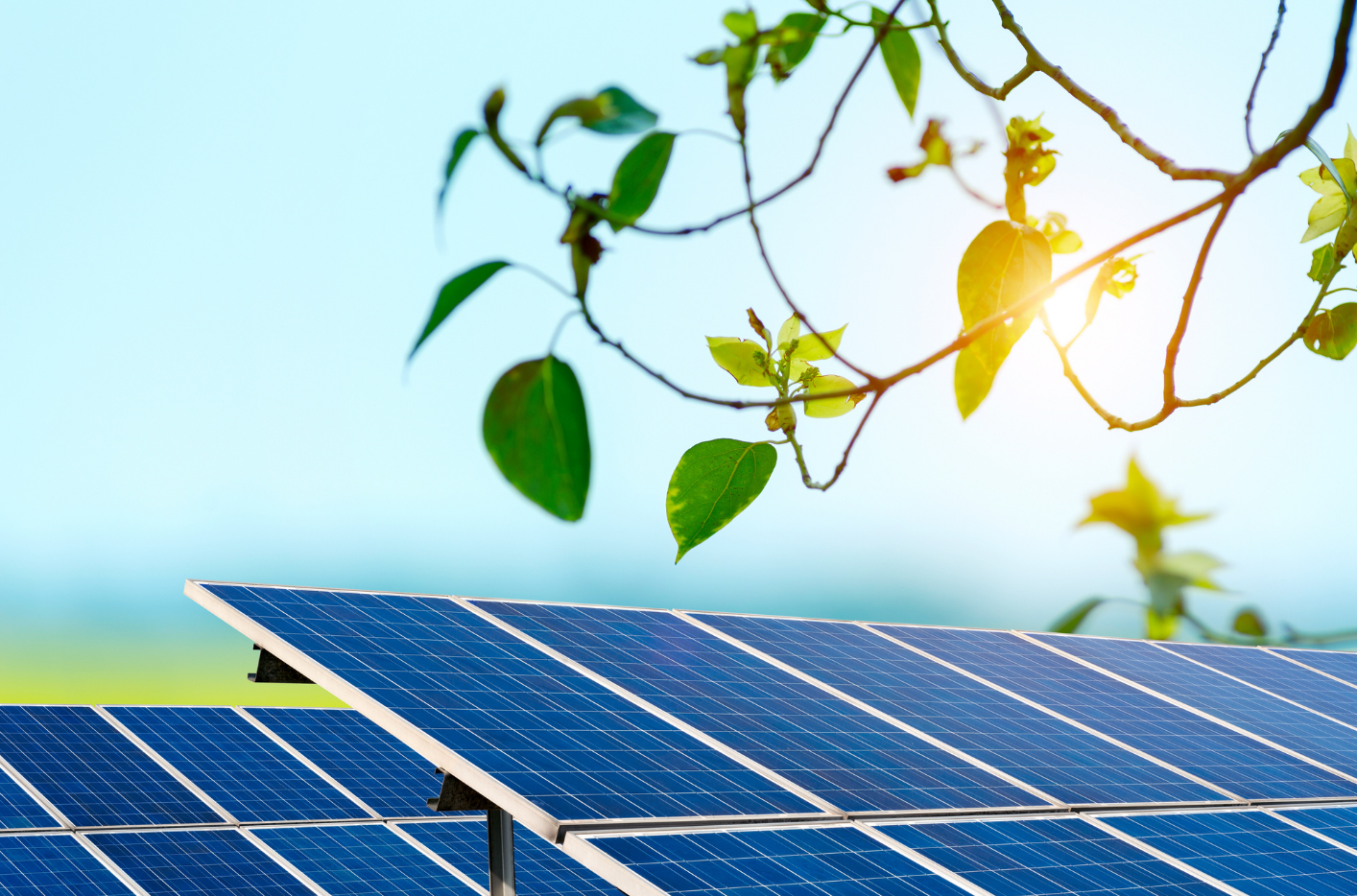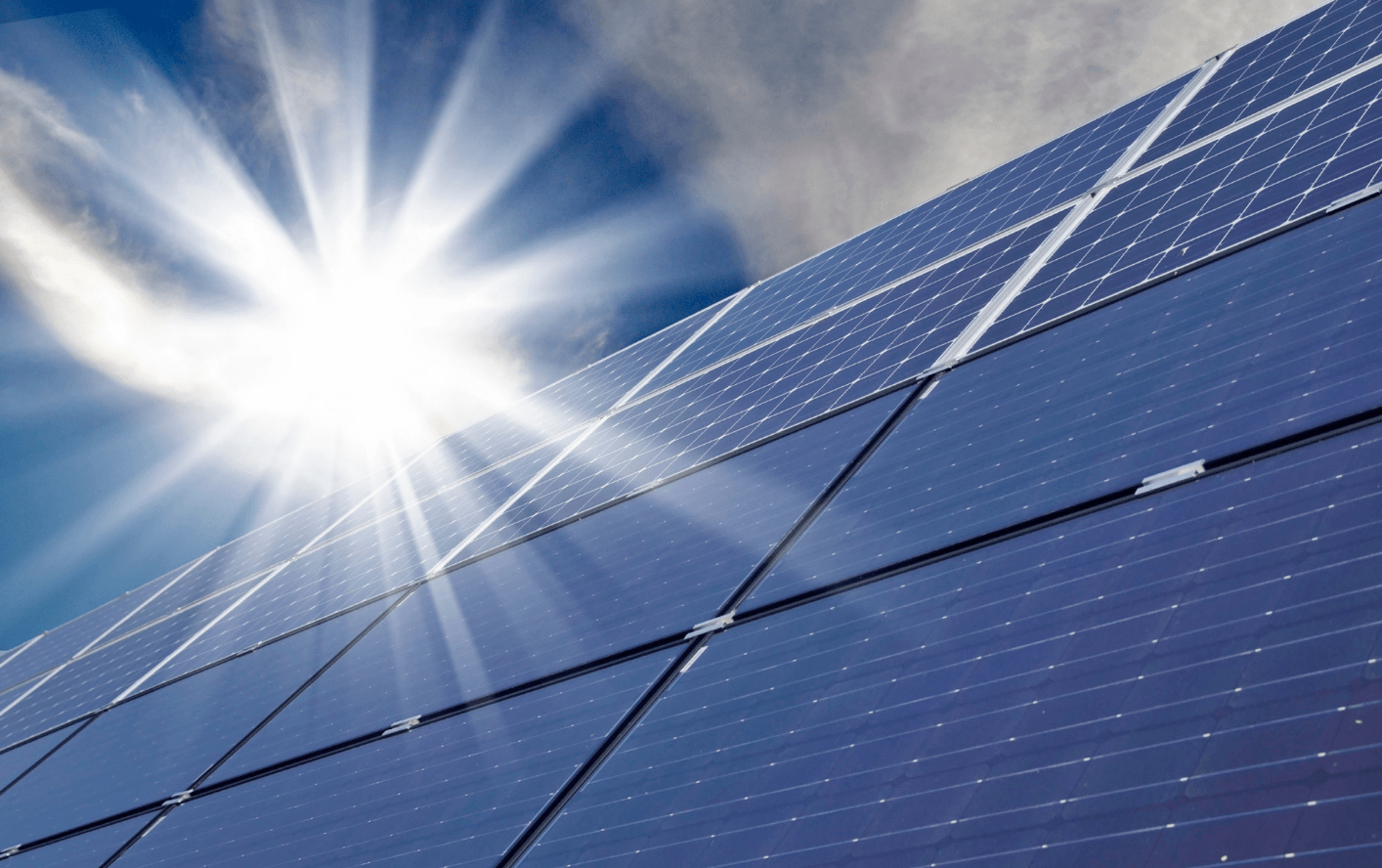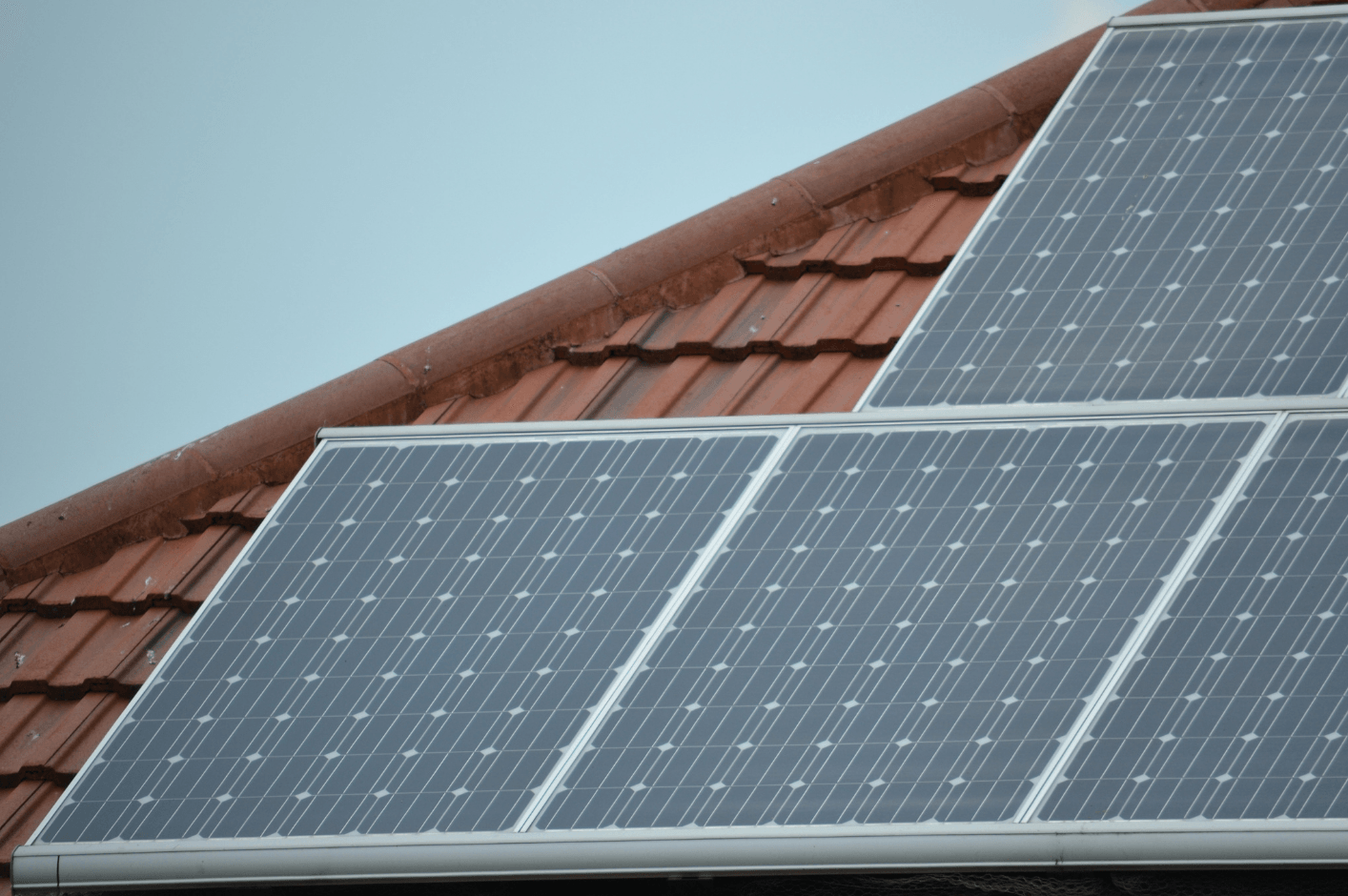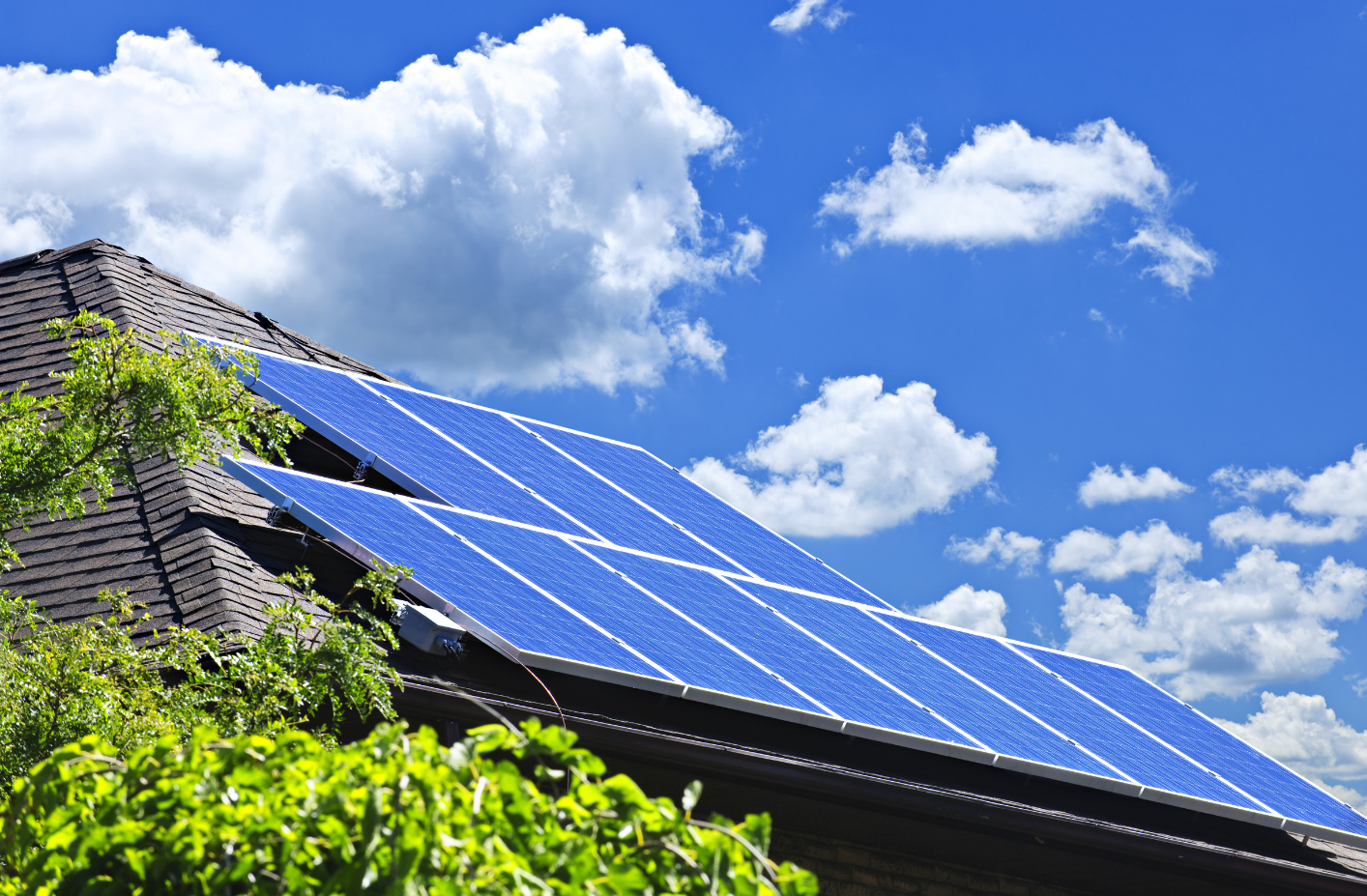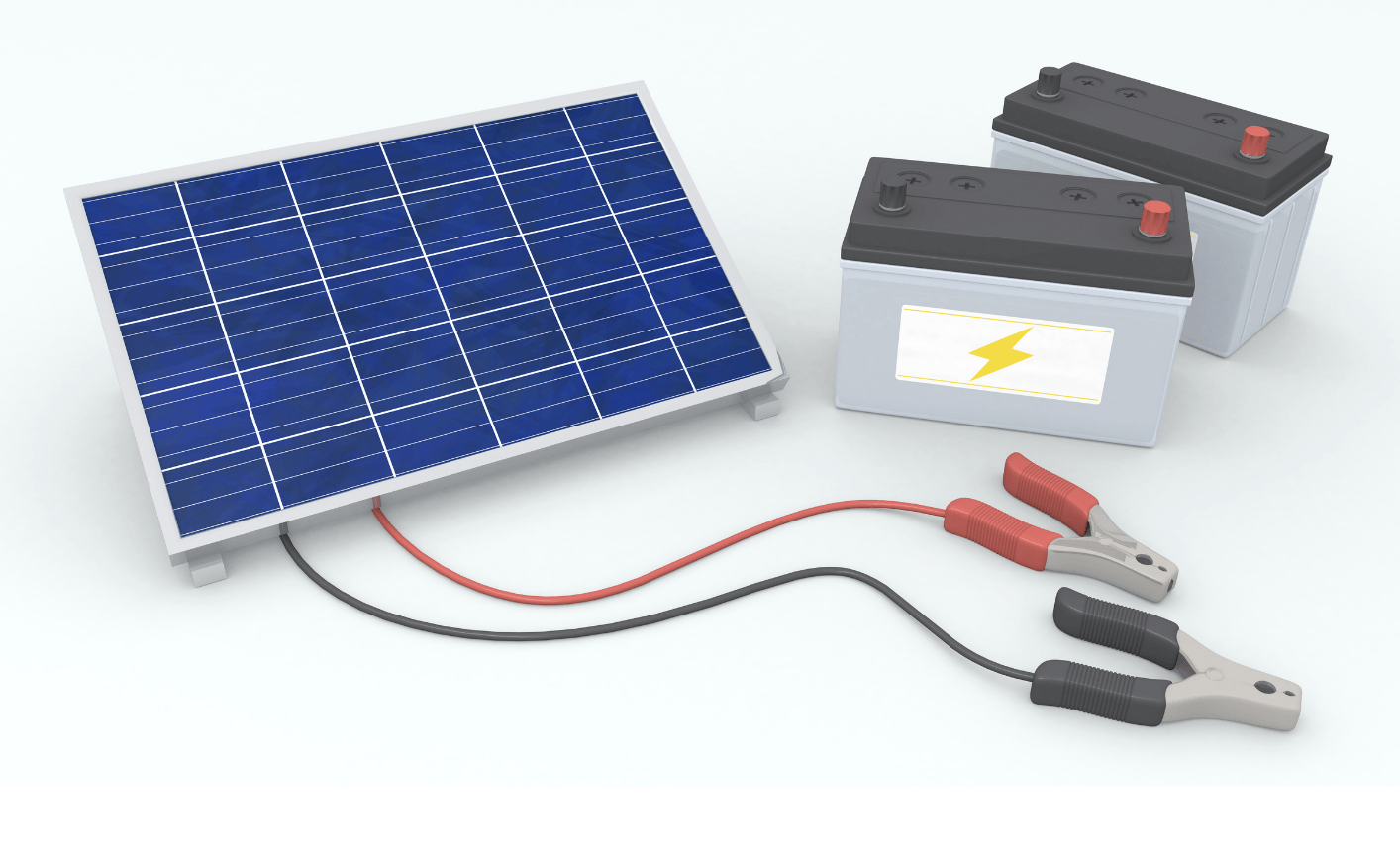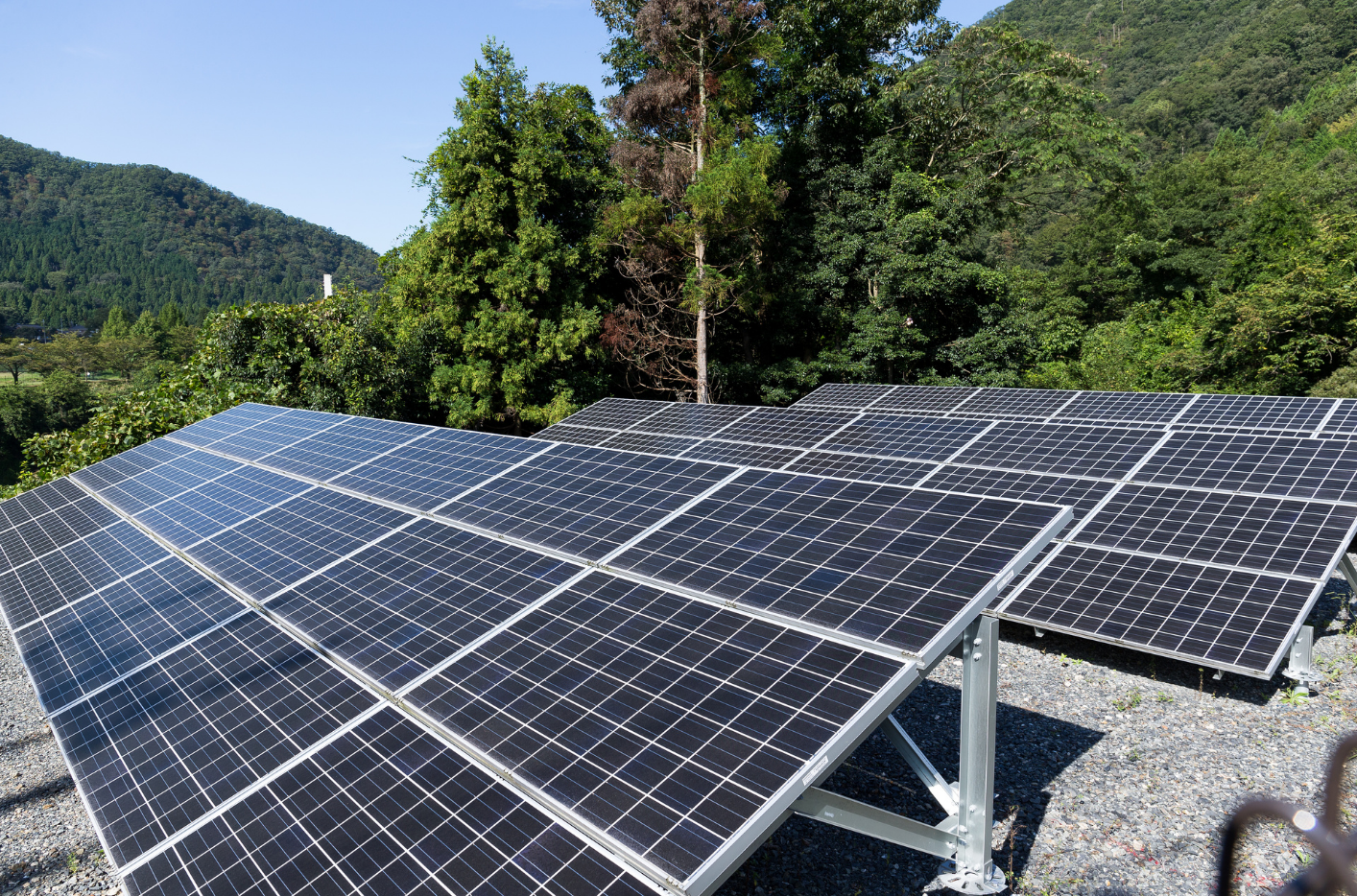10 Interesting Solar Energy Facts
Did you know that solar energy is the oldest form of energy used by humans? It's been around for centuries, and it's only becoming more popular as time goes on. In this blog post, we will discuss 10 interesting facts about solar energy that you may not have known. Stay tuned – it's going to be an enlightening read!

The team at Murray Bridge offgrid & Solar have put together a list of the top 10 most interesting facts about solar energy
1) Solar energy is the most abundant energy resource available to us
In just one hour, the amount of solar energy that falls on Earth's surface equals the total annual energy consumption of every person on the planet. Can you believe that in only 20 days, sunshine creates the same amount of energy as all of Earth's coal, oil, and natural gas combined?
2)Solar power is the fastest growing global source of power
The solar industry is growing rapidly, with more and more people installing solar panels every year. In fact, it's estimated that by 2023, there will be 4 million solar installations worldwide. Solar energy is the fastest-growing energy resource in the world, and for good reason – it's clean, renewable, and affordable.
3) Solar is the most inexpensive source of energy globally
The price of solar panels has decreased by 80% since 2008. The cost of solar energy has continued to drop in recent years, making it a more affordable option for homeowners and businesses. In fact, the cost of solar energy is now cheaper than the cost of traditional energy sources in many parts of the world. This makes solar a more attractive option for those looking to reduce their energy costs.
4. Solar electricity has been around since 1839
- 1839 - First solar cell is created
- 1883 - First functioning solar panels
- 1888 - First U.S. patent for solar cells
- 1901 - First U.S. patent for solar panels
- 1905 - Einstein introduces the photoelectric effect
- 1915 - Millikan proves Einstein’s theory
- 1922 - Einstein wins Nobel Prize
- 1954 - A new high-power silicon solar PV cell has been created.
- 1963 - Mass production of solar panels
- 1964 - NASA launches first solar PV array
- 1970s - Research drives down solar cost
- 1973 - First solar-powered building is erected
- 1976 - First thin-film silicon modules are produced
- 1977 - NREL is created
- 1999 - Germany’s 100,000 Solar Roofs program
- 1994 - Japan’s 70,000 Solar Roofs program
- 2005 - Birth of the investment tax credit
- 2006 - California Solar Initiative
- 2007 - Solar becomes the leading clean tech
- 2008 - 2012 - Cost of PV modules falls
- 2010 - 2018 - The establishment of large solar production factories
- 2012 - 2015 - Residential solar systems become affordable
- 2015 - Tesla has announced that their much-anticipated Powerwall product is now available for purchase.
- 2022 - The ideal time to put solar panels on your property is now.
5)Solar panel efficiency is now higher than it has ever been
As solar technology continues to develop, the efficiency of solar panels is increasing.
This means that more and more people are able to take advantage of the benefits of solar energy. In fact, recent studies have shown that solar panel efficiency is higher than ever before. This makes solar a more affordable and attractive option for homeowners and businesses alike.
6) Solar panels may be used to produce electricity even if there is no direct sunshine
Did you know that solar panels can produce electricity even on cloudy days? Although solar panels can absorb energy from the sun on cloudy days, you should still take into consideration the direction your panels will face and if there will be any shading from trees or buildings before installation.
7) Solar energy may be used to power a complete home as well as many other things
Today, most solar panel systems are designed to meet your daily energy requirements, such as air conditioners and other large appliances. For grid-tied systems, net metering ensures that you have access to the energy you require at all times. You may also add an energy storage battery to your system and create your own private backup source of solar power.
8) In less than a decade, most homeowners will reach their break-even point
The break-even point is a term used to describe when your solar energy system will pay for itself. The break-even point is significant. You may offset the cost of your solar energy system with the savings you get from it. According to many factors, your specific break-even point will vary, but given that most solar panels come with a 25-year warranty, it's a pretty secure investment.
I
9) Solar increases your home value
Solar panels may improve the value of your house. According to studies in Australia, each 1Kw of solar energy installed adds $6000 to the value of a home. They make your property more appealing to buyers and can help you sell it faster and for a higher price.
10) Solar energy is good for everyone's health
Fossil fuels are burned, releasing pollutants that have harmful effects on human health across the world. The average rooftop solar panel system can save 100 tons of carbon dioxide in 30 years! This implies better air for everyone on the planet.
Solar technology has advanced rapidly in recent years, making solar panels more efficient than ever before. This means that switching to solar energy is now a viable option for many people who previously could not take advantage of the benefits of this renewable resource. Contact us today for a free quote on making the switch to solar energy!

